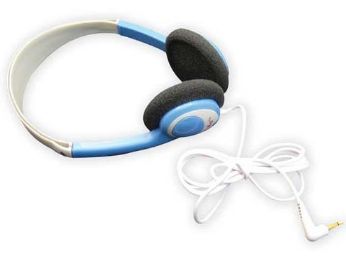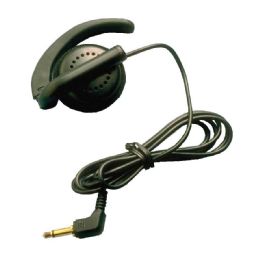

_(1).jpg&newheight=260&quality=80)



What is a Personal Sound Amplifier?
A personal sound amplifier is a device made to increase sounds and enhance hearing, and is not the same as a hearing aid. It is generally used by those with normal hearing to boost the sounds of a radio, television, or voices in a conversation. An individual with normal, unimpaired hearing may find a personal sound amplifier helpful for listening to particularly quiet voices or sounds, or for distance hearing. Common ways to utilize an amplifier include monitoring children while playing at a distance, watching TV with the volume turned low, or talking with those who are naturally soft-spoken. Though not normally intended to enhance hearing in the hearing impaired, it can make recreational activities and conversations more enjoyable.
How do I Use Headphones with a Hearing Aid?
It is possible to use standard headphones with a hearing aid, but they may not be the best option. Headphones that are compatible with hearing aids are a better choice. Background noise often creates problems with regular headphones, and this is particularly true if wearing them with a hearing aid.
Full cup or earmuff-style headphones may be a suitable option since they cover the ear. This helps to reduce outside noise. Styles with a deep or oval cup will be more comfortable for hearing aid wearers because there is more room. This ensures the headphones are not putting pressure on the hearing aid. An extra deep cup may feel better if wearing hearing aids behind the ears.
Another style of hearing aid compatible headsets is available in an ear hook option, and is made for hearing aids that utilize t-coil technology. Simply set the hearing aid to the T or MT position and the sound will be piped through the hearing aid without the worry of feedback. It also works with a cochlear implant processor, and has a built-in microphone.
What are Bone Conduction Earphones?
For those who do not want earphones inside or on top of the ears, there is a style that sits in front of the ears. This type delivers the sound to the inner ear through the cheekbones, bypassing the eardrum, and is called bone conduction technology. It allows the wearer to hear other noises, such as traffic, while wearing it, and is a good option for those who take part in sports and outdoor activities. For improved comfort, the frame wraps around the back of the head.
How do I Choose a Headset with a Mic?
For headset wearers who also want a microphone, there are many styles to choose from. One style has the headband that goes over the head for all day comfort. It may have one earphone or both, depending on particular needs and likes. If there are two earphones, then the headset is normally adjustable for all head sizes.
This style also eliminates outside noises to reduce distractions, and both styles may include a noise cancelling microphone. The other style fits over with ear with a microphone. It is lightweight for all day comfort, and has a noise cancelling microphone on a boom which is able to rotate to accommodate either the left or the right ear. Some even have interchangeable earbuds to choose the right fit for comfort all day.
Rehabmart is pleased to offer many styles of hearing impaired earphones from well-respected manufacturers, such as Harris Communications, MaxiAids, Posey, LSS, and Ablenet.
Hulet Smith, OT
Rehabmart Co-Founder & CEO
lb